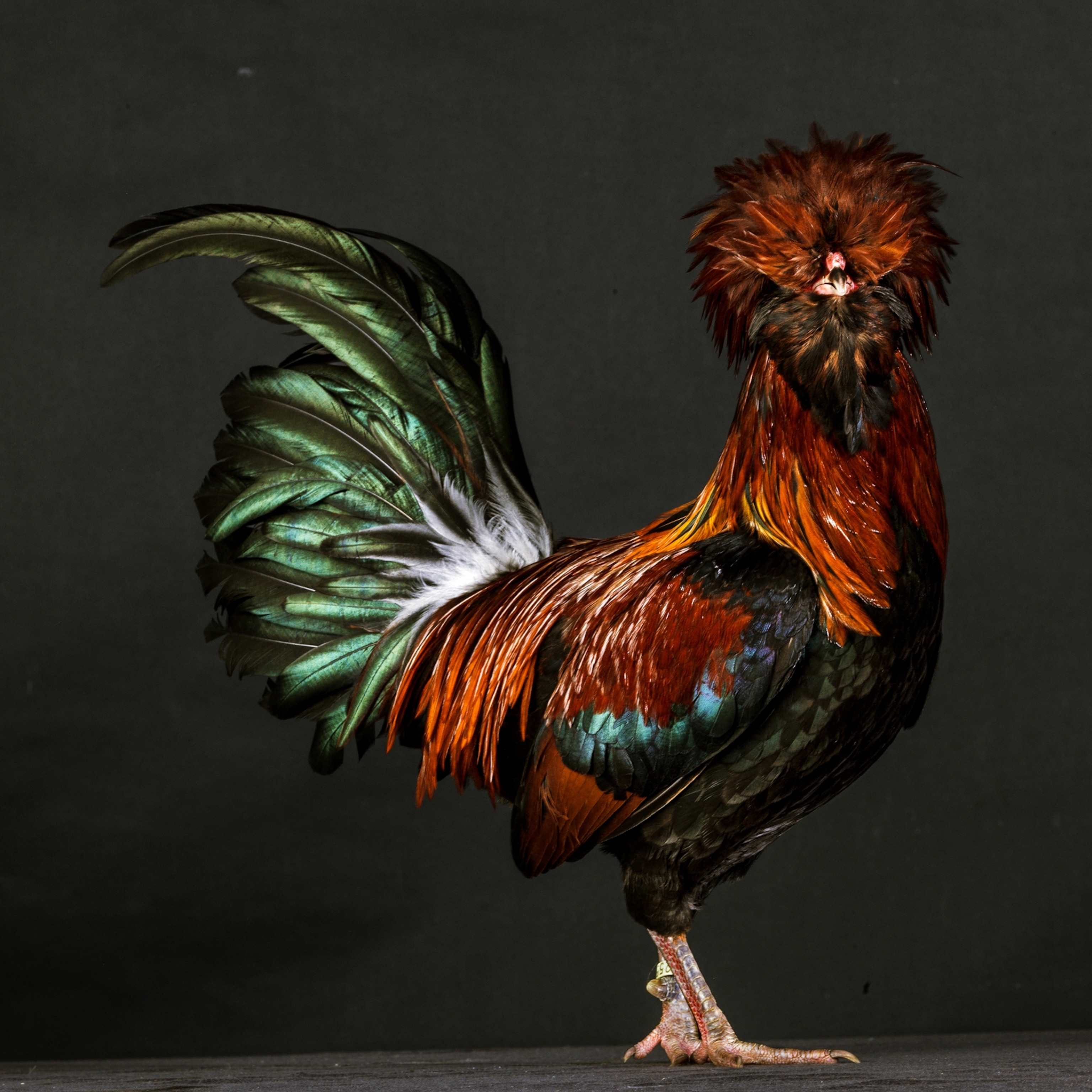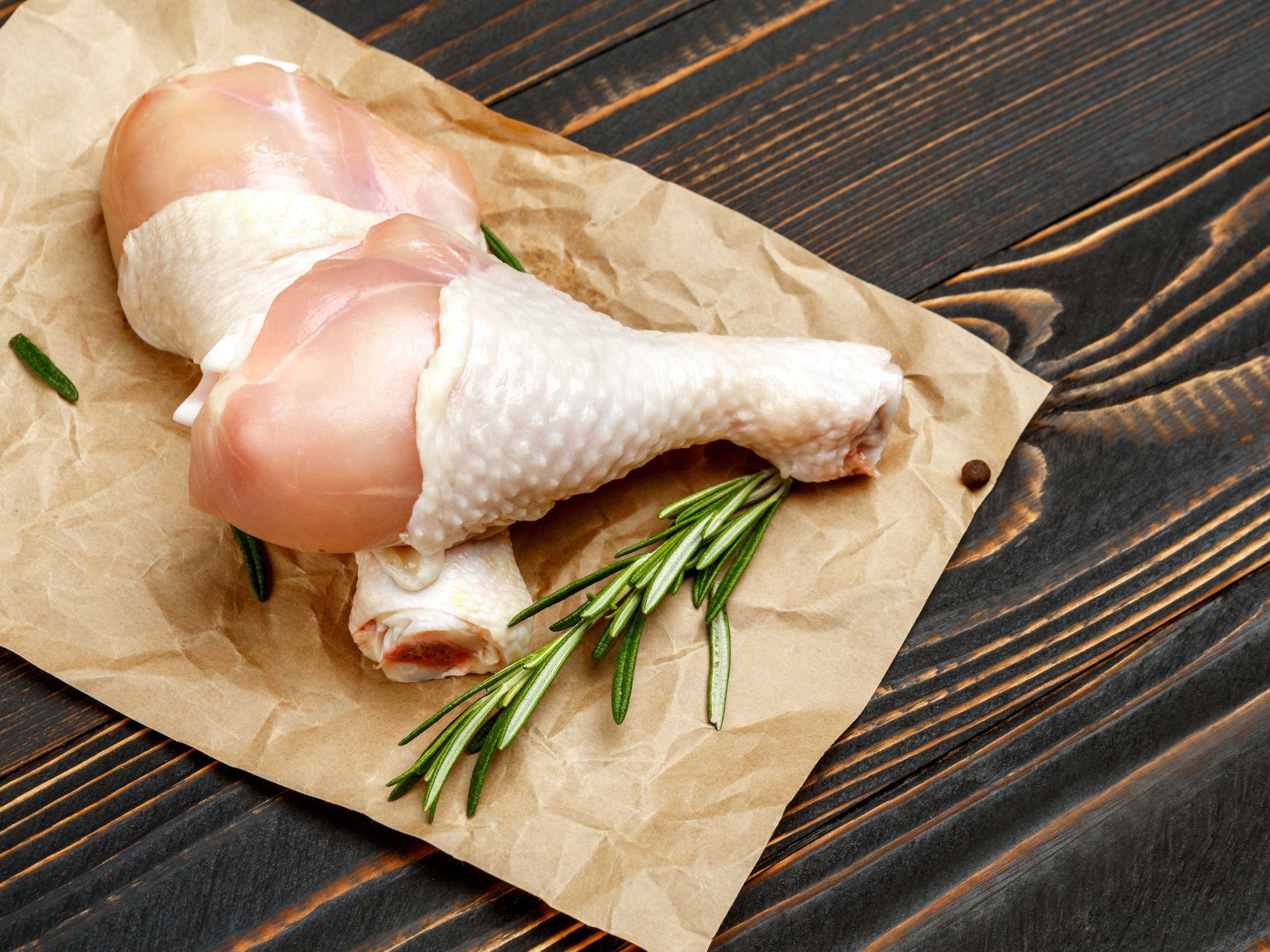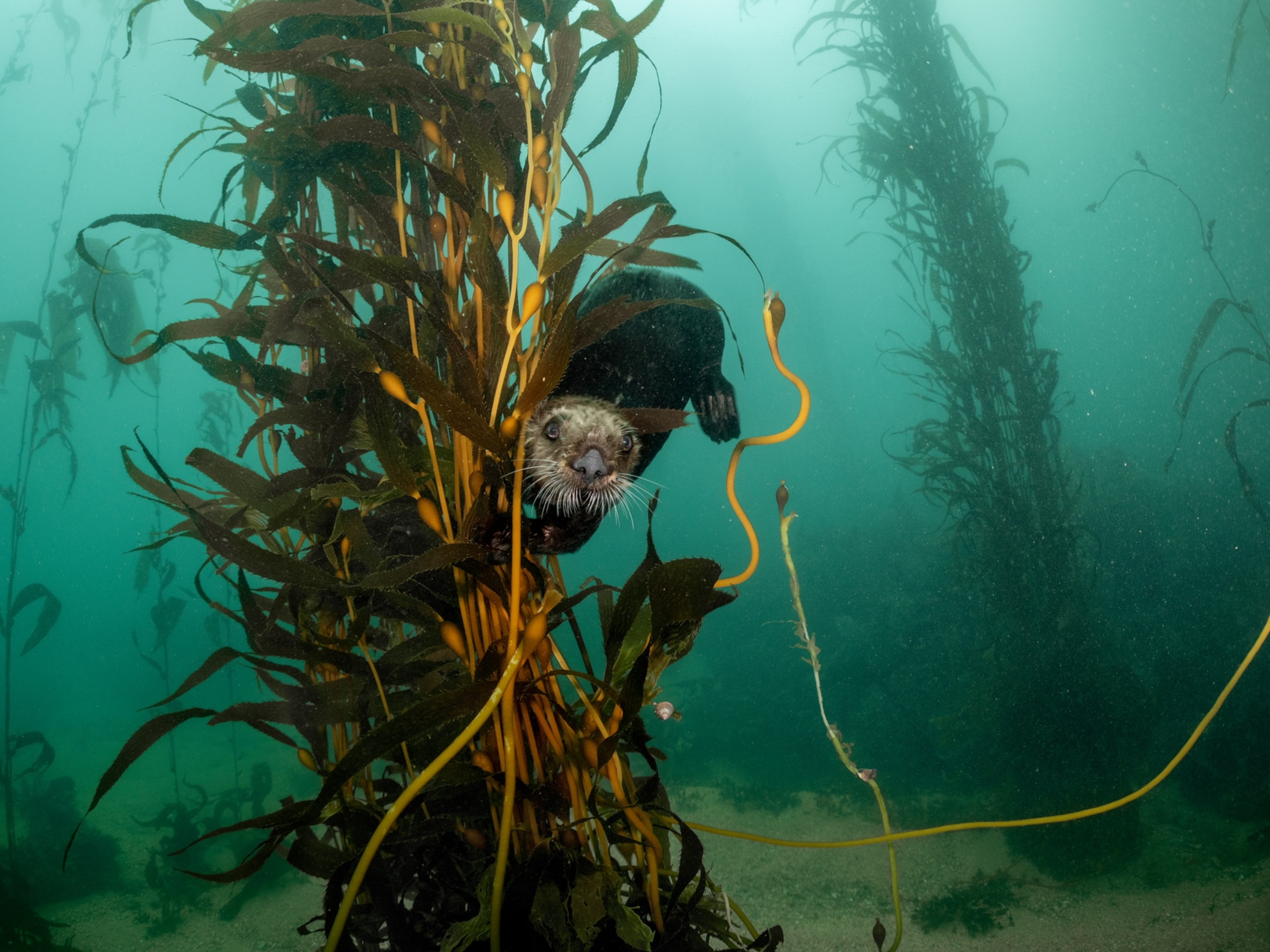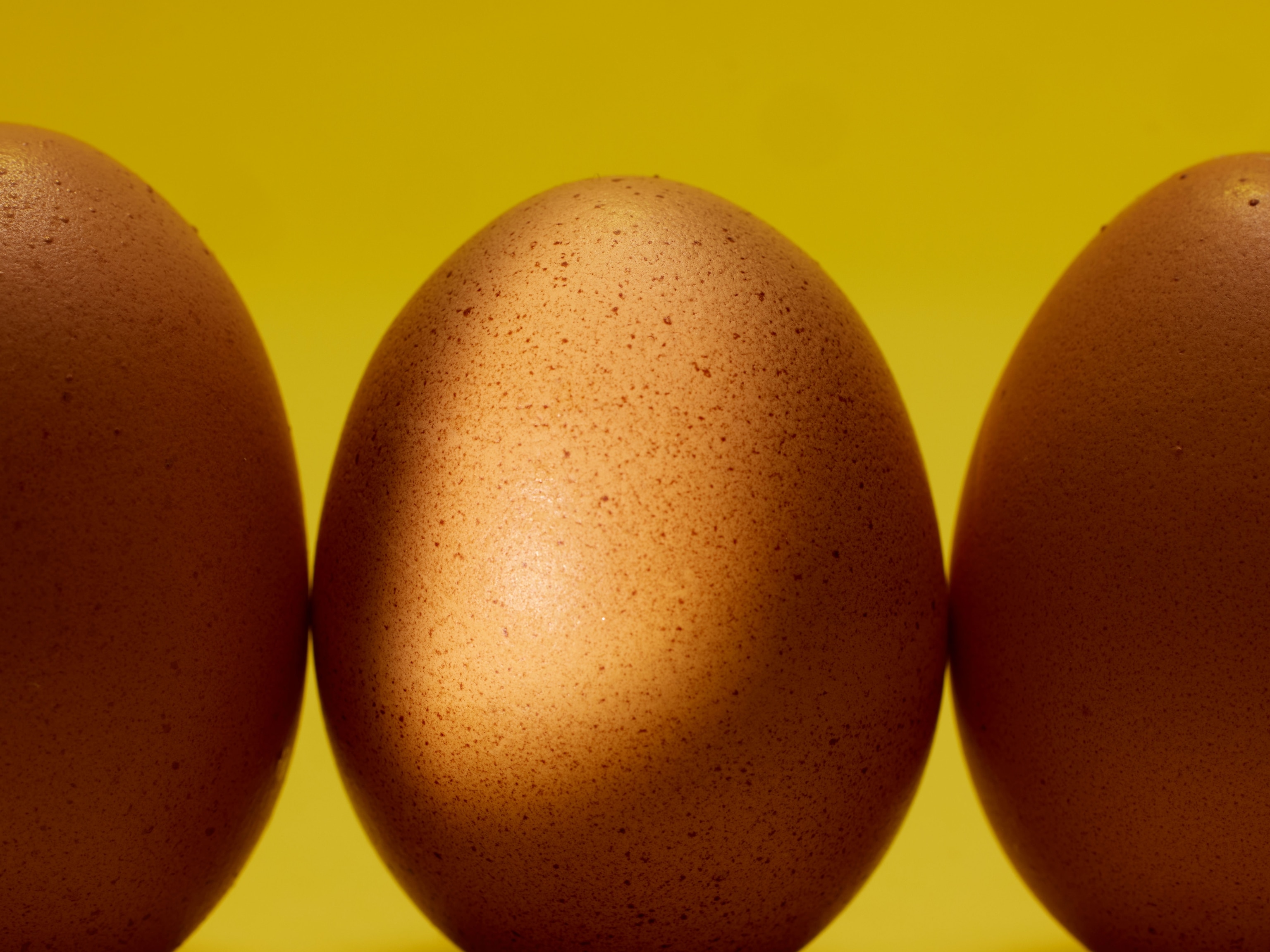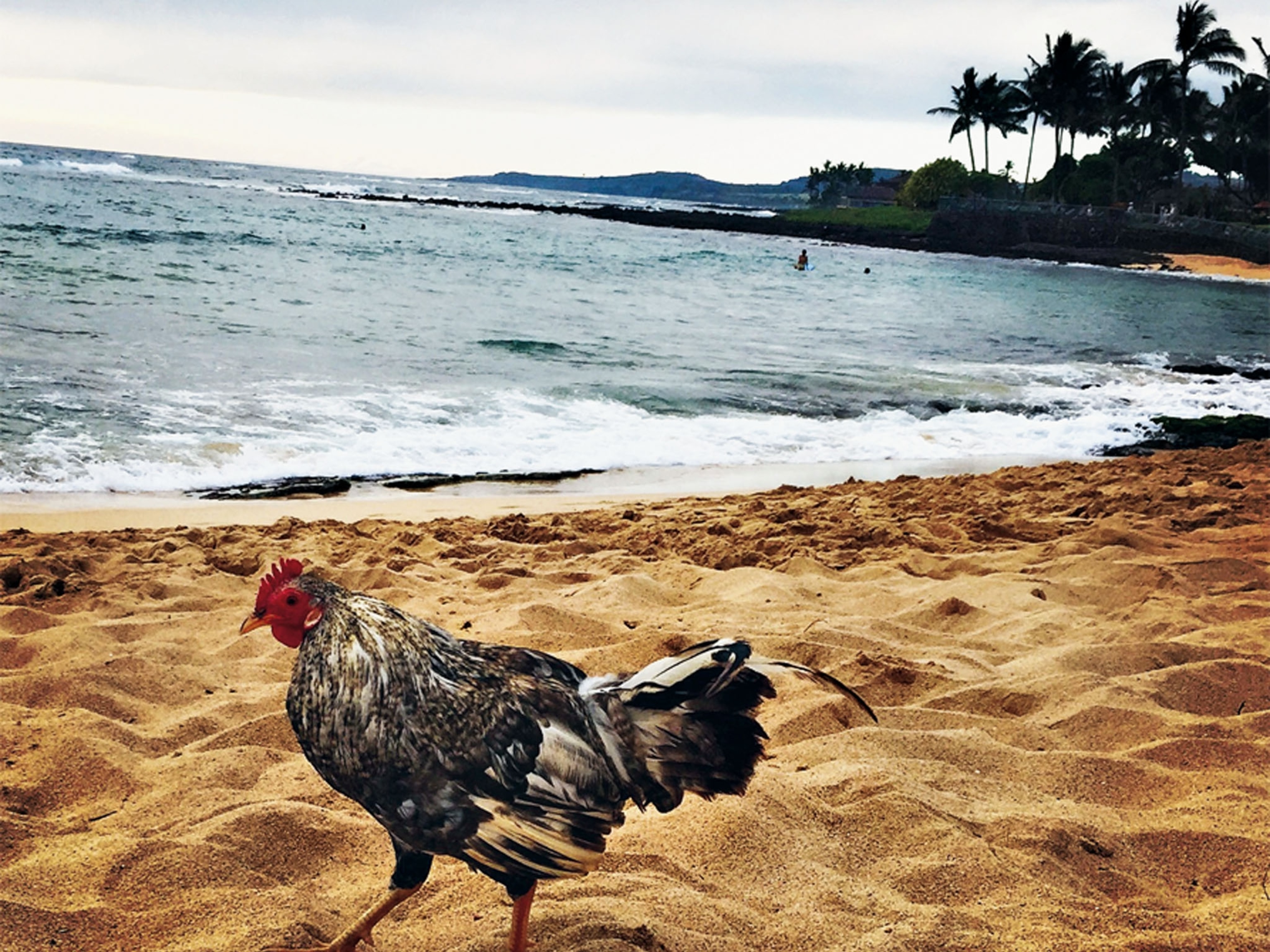A chicken “is not just an animal that gives us eggs,” says Alex ten Napel, who’s been roaming his home country of the Netherlands in search of farm fowl since 2014. Taking inspiration from Melchior d’Hondecoeter, a 17th-century Dutch artist known for his work with birds, ten Napel uses lighting, backdrops, and an elevated, catwalk-like stage to bring chickens out of the coop and into an entirely new context. (Rent-a-chicken trend spikes during pandemic.)
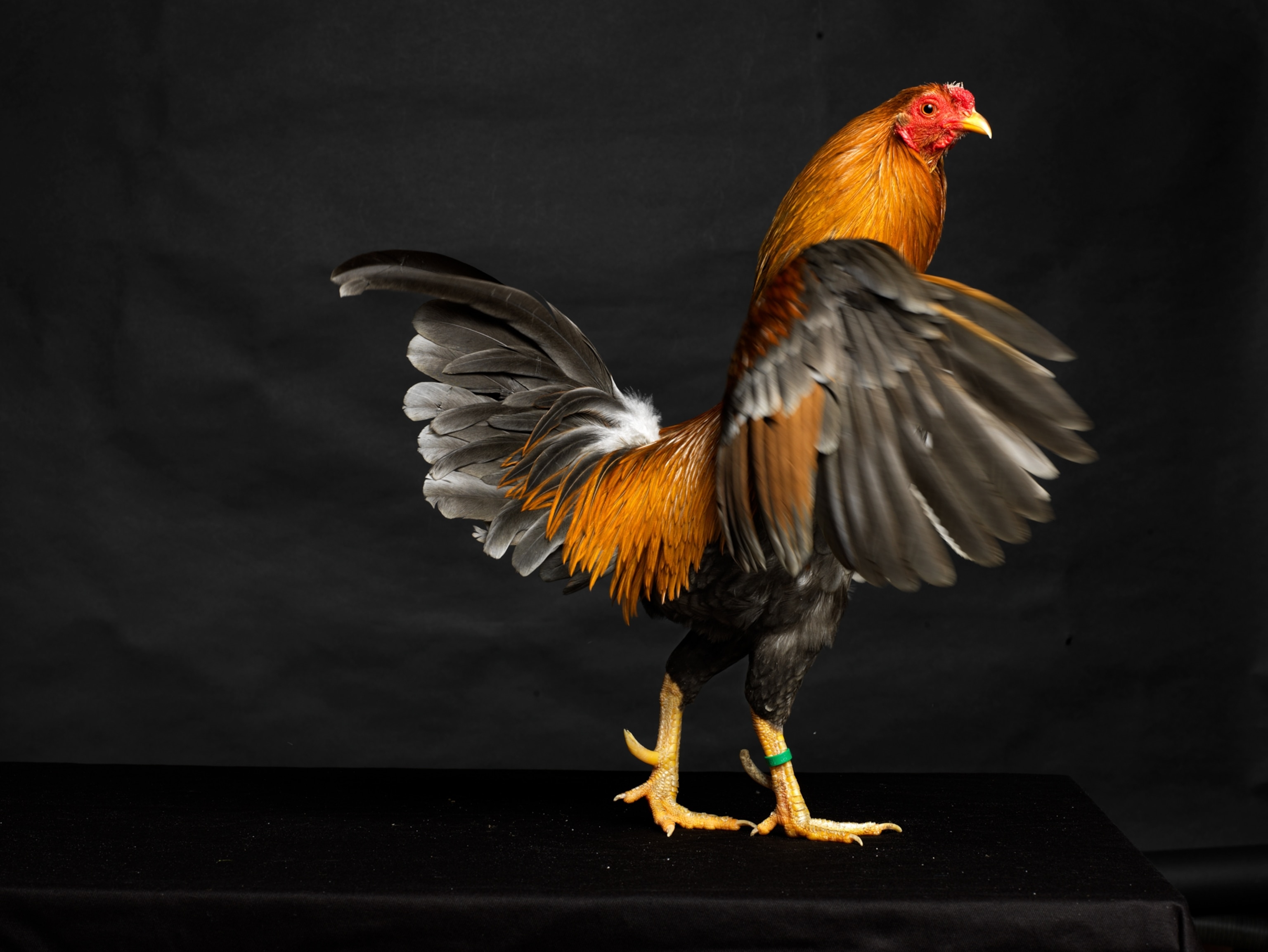
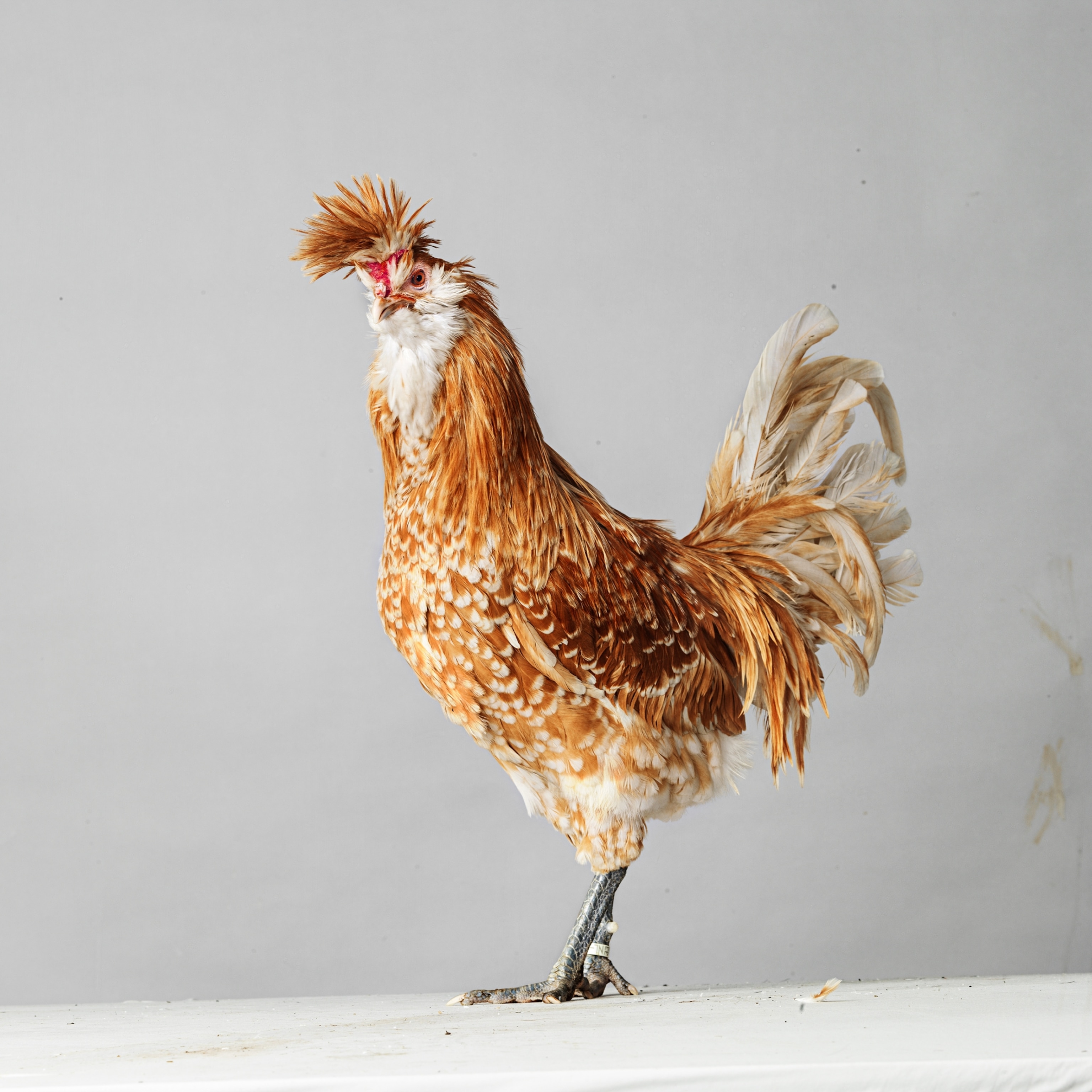
“What I hope you see in the photos is that chickens can be proud beings or funny beings,” he says. “They can be like gymnasts or ballerinas. Not what most people think of when you talk about chickens.” (What are animals thinking? They feel empathy, grieve, seek joy just like us.)
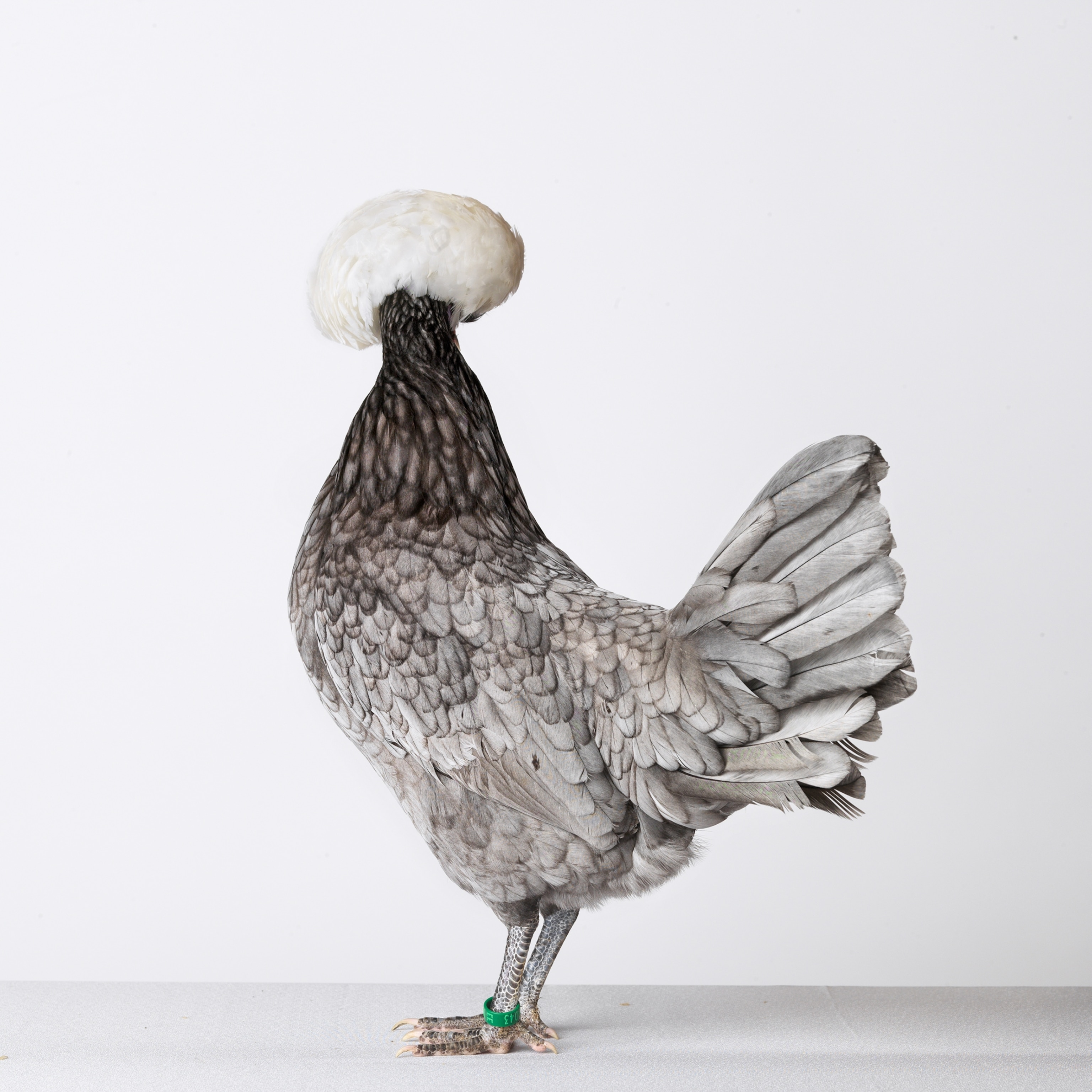
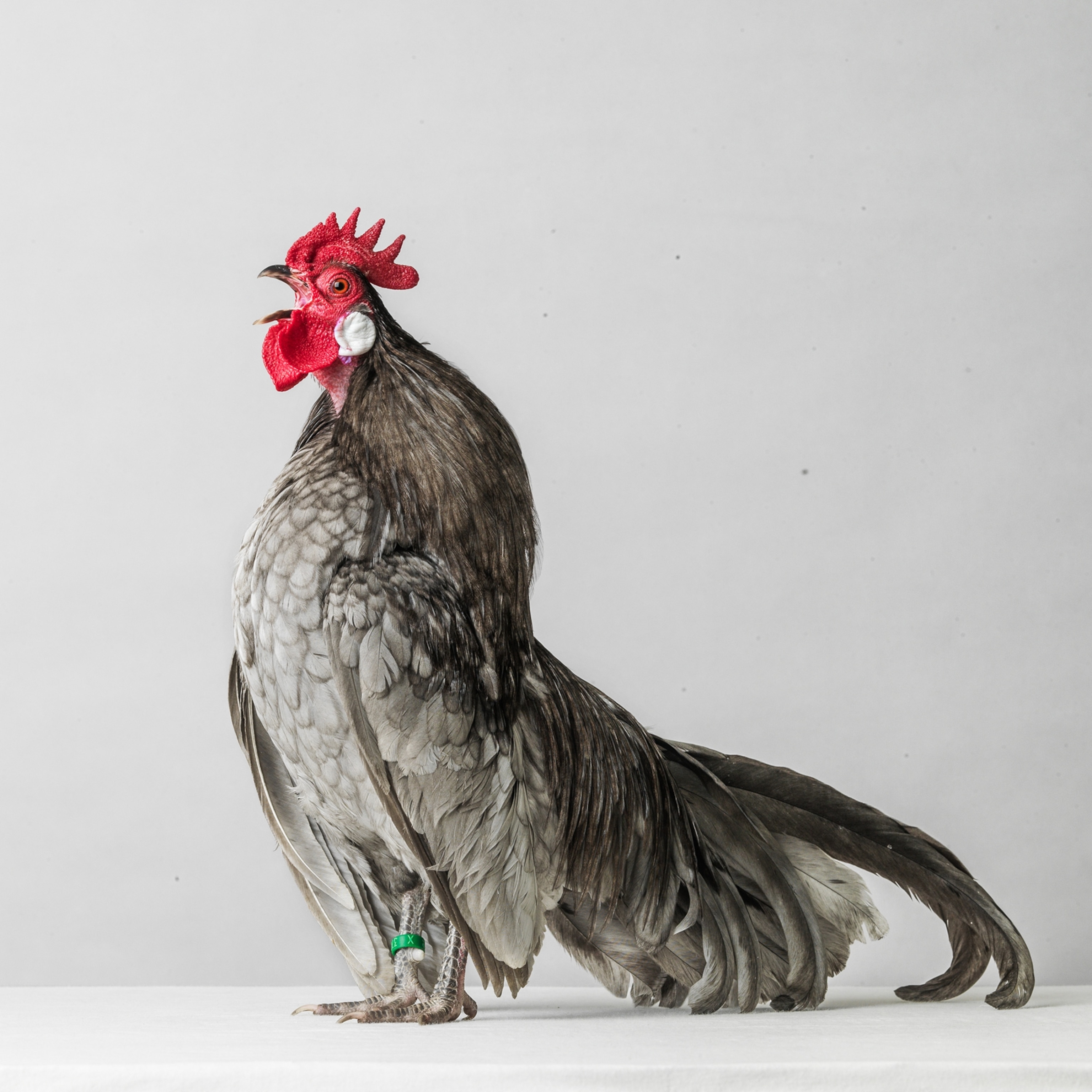

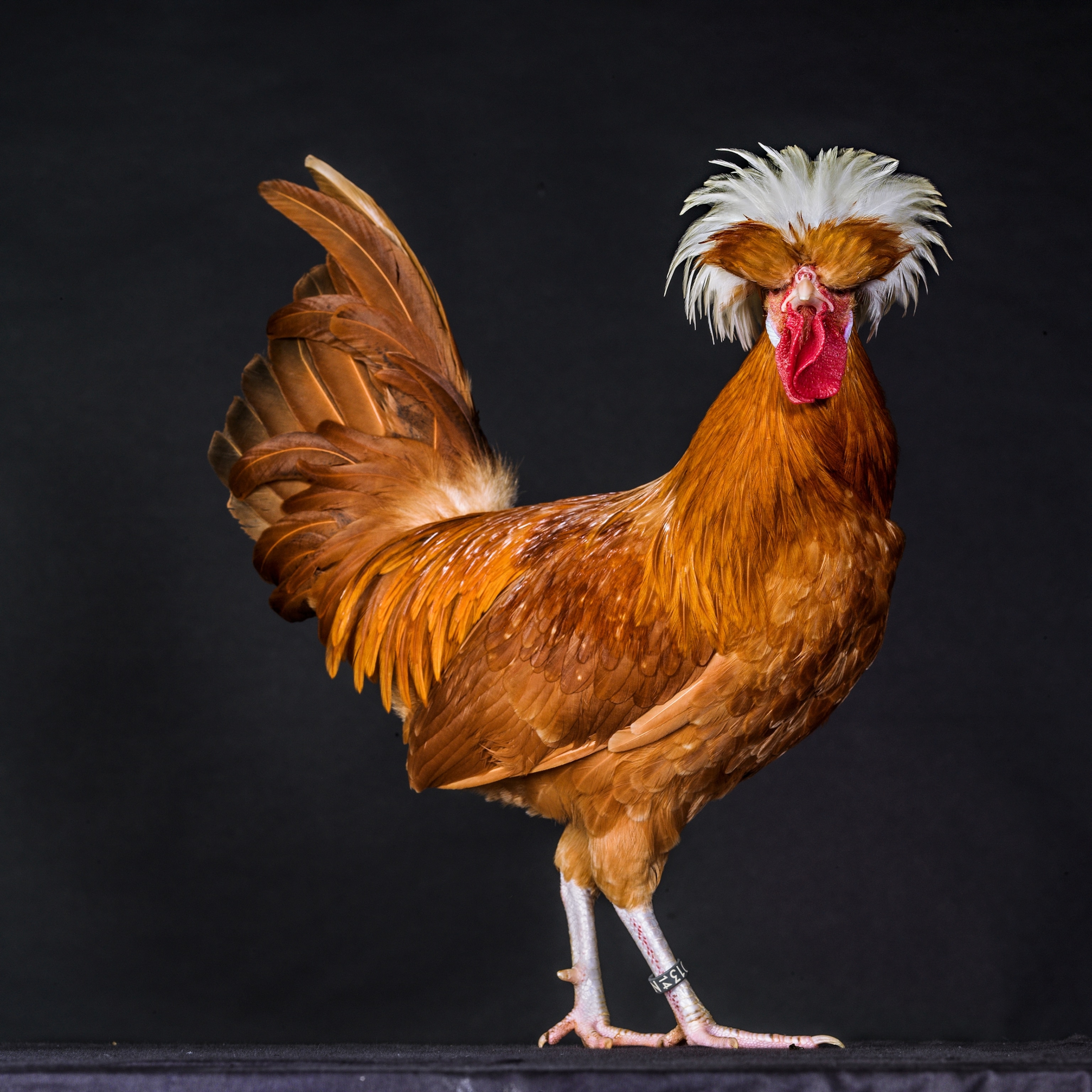
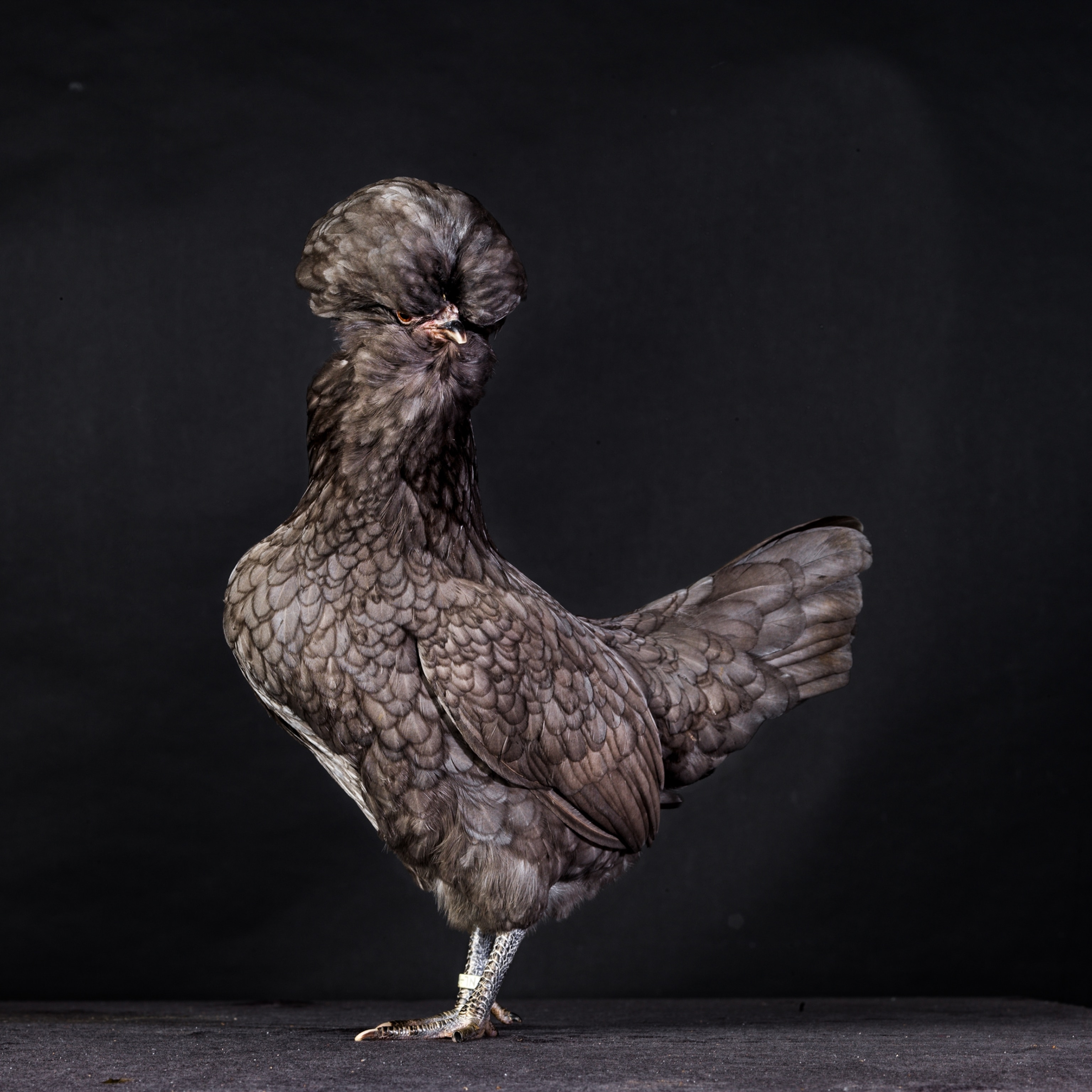
While each animal has different characteristics, ten Napel has noticed the emergence of some patterns throughout his travels. Roosters, or male chickens, tend to be large, visually striking, and imposing, he says. But it’s the females ten Napel finds himself drawn toward. “I have a heart for the hens. They’re so vulnerable,” he says. “They move me in a way that I want to protect them.” (This chicken has black bones, organs, and meat: Here's why.)

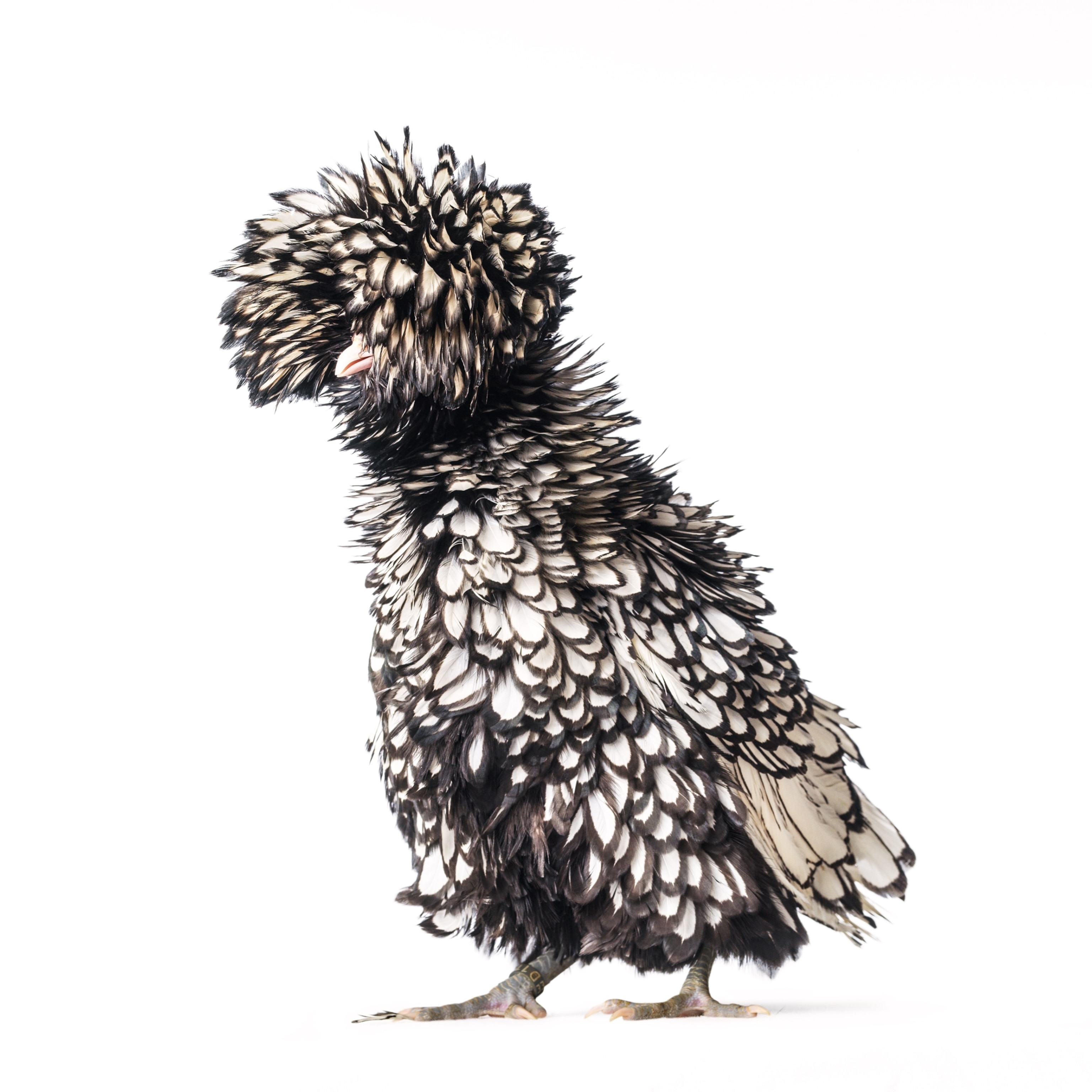
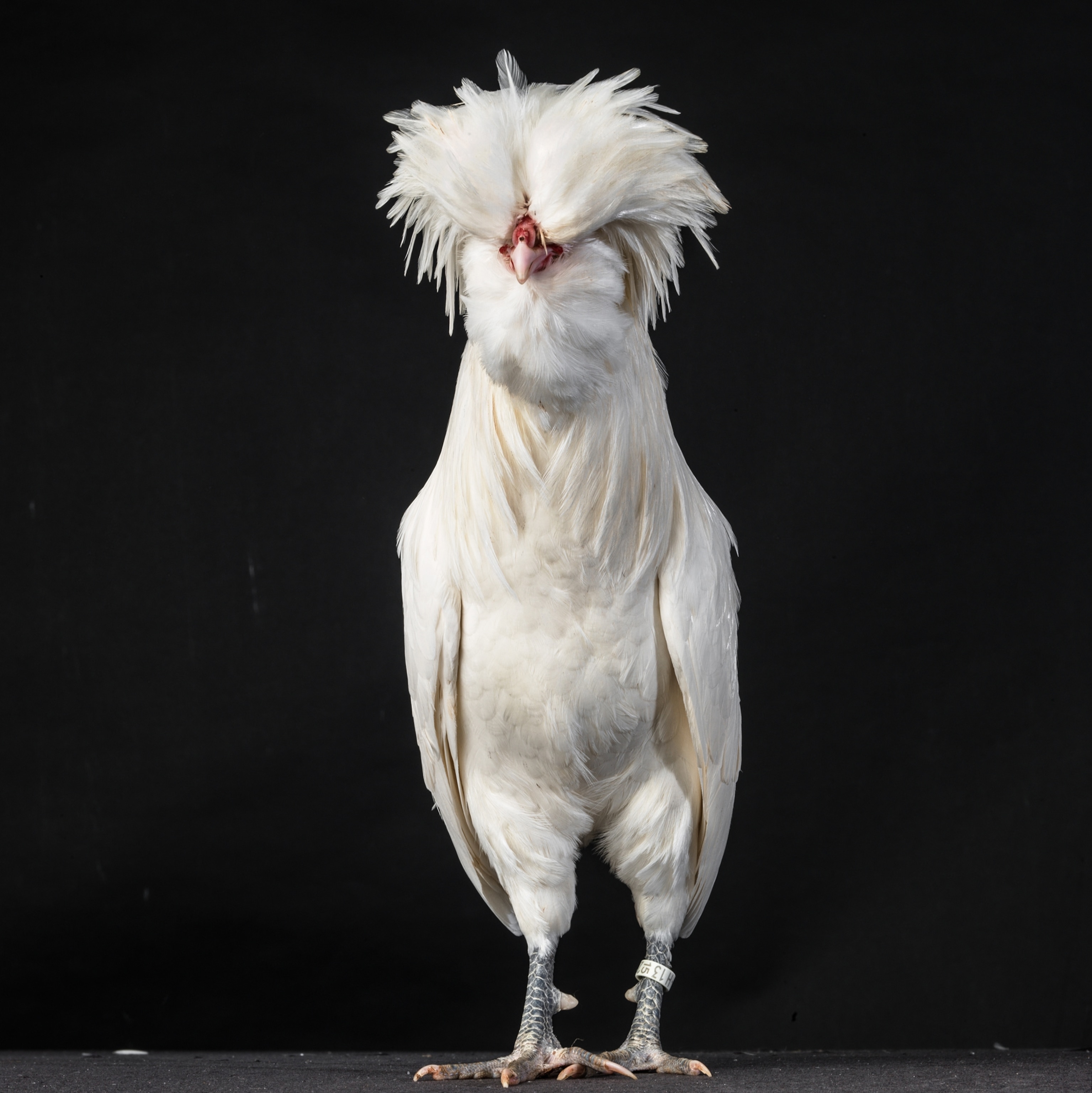
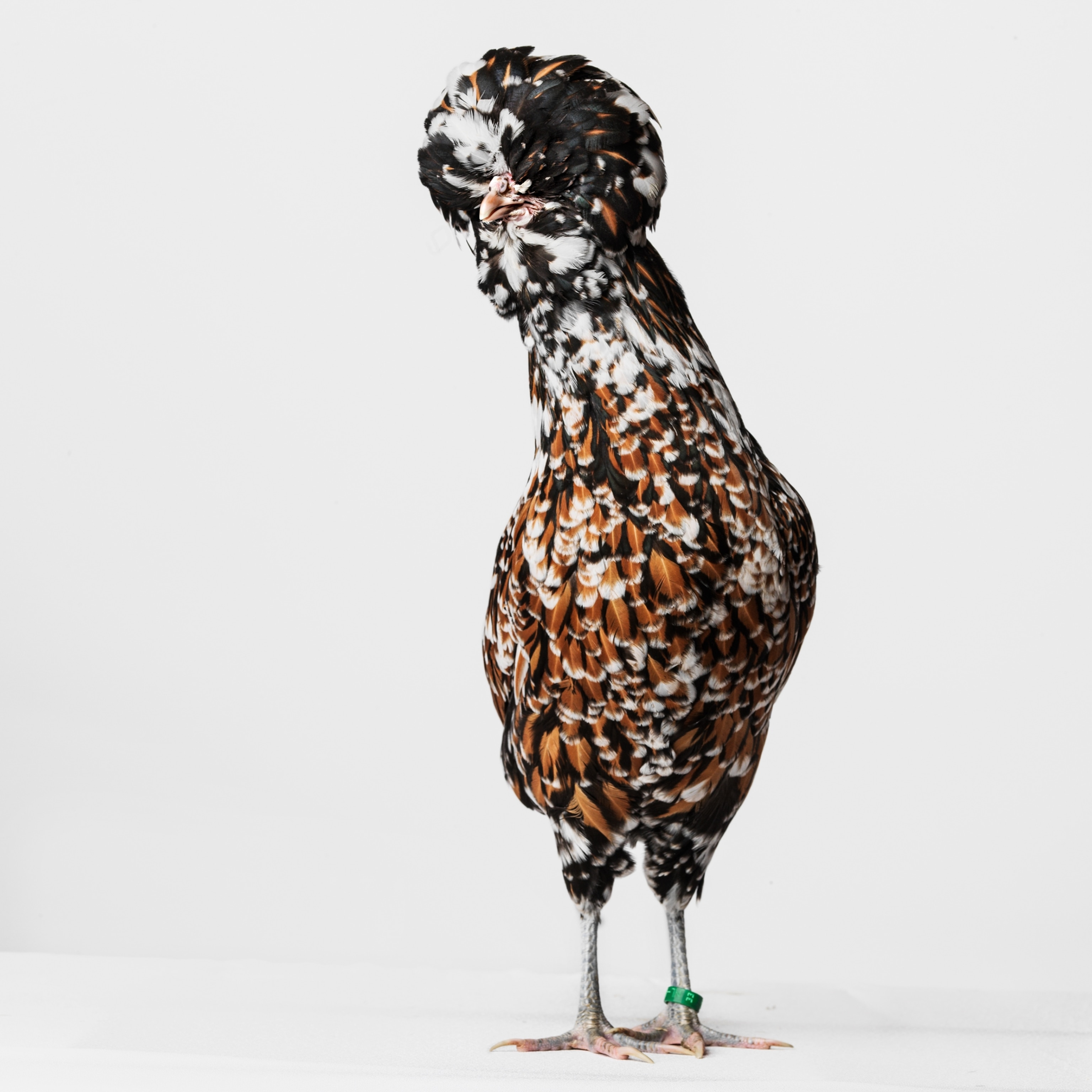
A specialist in portrait photography, ten Napel focused on people—usually children and older adults—for 25 years. The chickens, he says, have reignited his passion for this type of photography. “I can’t direct them. I have to be patient and feel how they will show themselves,” he adds. “Everything they give you is a gift.” (A behind-the-scenes look at capturing intimate animal portraits.)
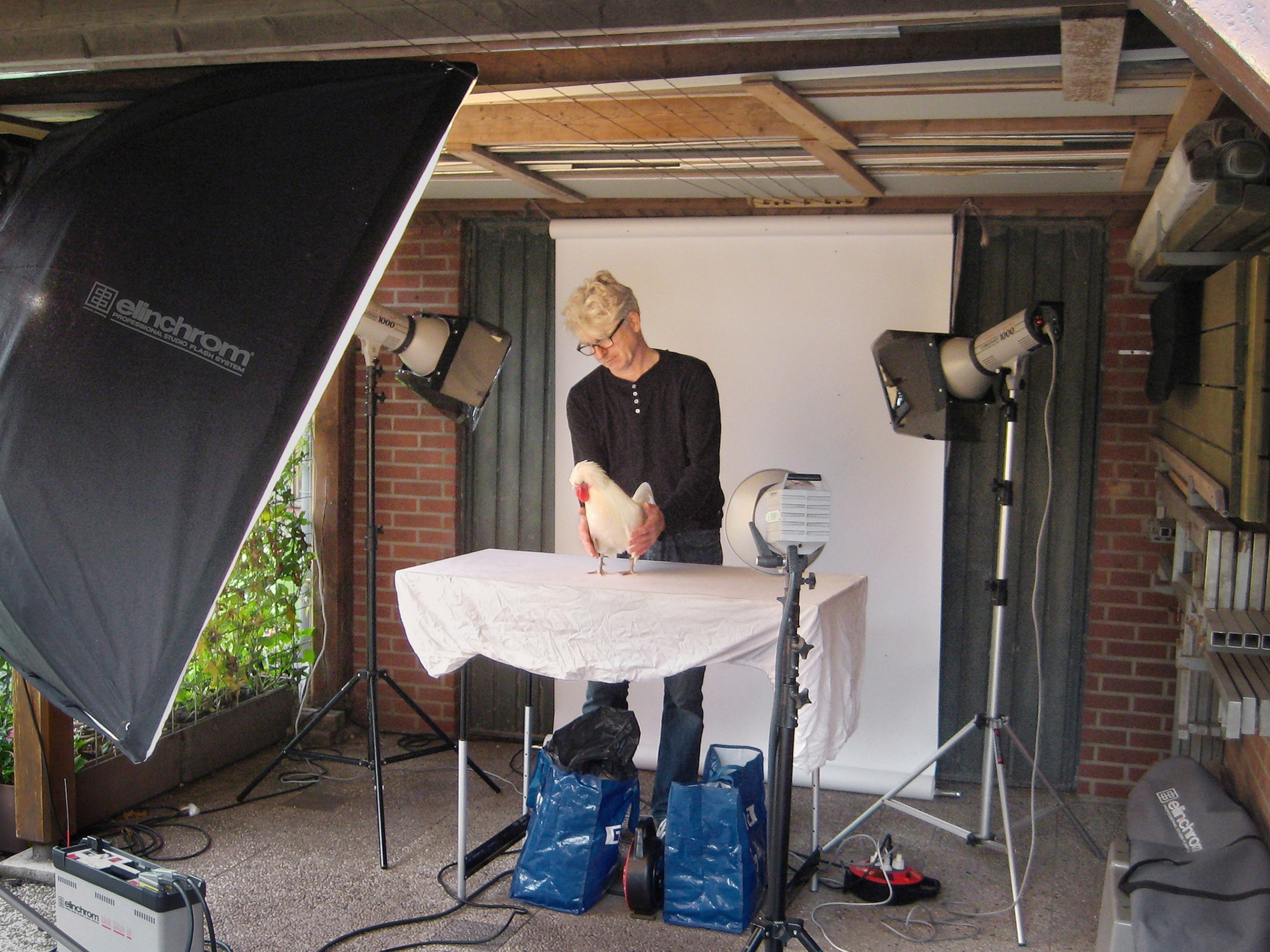
Though ten Napel has occasionally tried to train his lens on other subjects since falling for fowl, nothing else seems to capture his interest so completely. “This year I went back to the breeders,” he says, “and I’m shooting the next series until, well, I can’t photograph anymore.” (The surprising ways that chickens changed the world.)
